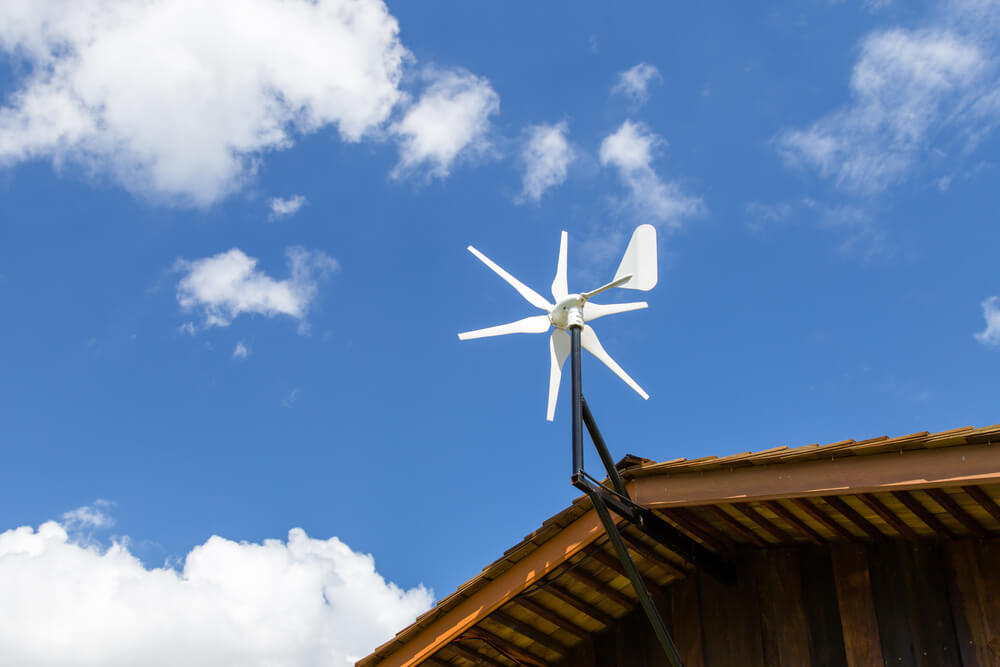

For high-wind sites with an average wind speed of 6.7 m/s, the cost of energy fell from just under $0.08/kWh to approximately $0.04/kWh during this same time period. During the 10 years ended in 2000, the cost of energy fell from a levelized cost of approximately $0.11/kWh (in 2000 dollars) to $0.06/kWh at moderate wind sites, with an average annual wind speed of 5.8 m/s. During this period, the average energy cost of wind-generated electricity fell from $0.40 in 1979 to a range of $0.04 to $0.06/kWh in 2000. At that time, most North American wind turbine installations were in California, resulting from significant tax incentives in that state combined with the availability of long-term power purchase agreements that regulators required utilities to offer to independent power producers. Michael Milligan, in Encyclopedia of Energy, 2004 2 Recent Trends in the Cost and Use of Wind Power Plantsĭevelopment of wind power systems has increased rapidly since 1986. Moreover, they can implement modern stabilization programs. This modern protection system can be used for voltage gap or sag function protection.
HOME WIND TURBINE SYSTEMS GENERATOR
The variable speed generator also includes digital relay protection and can be programmed for complex coordination and selectivity. Consequently, the relay allows wind farms to be constructed and adequately protected without the need to include fuses on the MV side of each generator-transformer. This relay provides short-circuit protection for the collecting line and the medium-voltage (MV) and low-voltage (LV) circuits. A protection relay can be installed in the medium-voltage collecting line at the common point connection to the utility grid. New type of relay has been designed for the protection of wind farms that incorporate fixed-speed induction generators as described in. Circuit breaker and switchgear are extensively used for overcurrent protection. The protection system of a wind farm is mainly included in the substation. Protection of wind power systems requires an understanding of system faults and their detection, as well as their safe disconnection. Ramón Portillo, in Power Electronics Handbook (Third Edition), 2011 30.4.2 Protection System

One important driving force for the fast growth is also the increasing concern for the environment.

The increase is related to a fast development of new technology, where new ideas of the electric generation systems have been implemented, the size of the wind power plants has grown, the environmental impact has decreased, and the cost per produced kWh has decreased significantly. During the year 2000 the total wind energy production in the world was 38,000 GWh, and at the end of the year the total installed capacity was 17,500 MW. This makes wind power the fastest growing energy source. The amount of wind power systems increased by 25–30% per year between 19. The use of windmills to generate electricity is a twentieth-century development and in the early 1970s started the development toward modern wind turbine technology. Windmills have existed for at least 3000 years, mainly for grinding grain or pumping water. Lennart Söder, in Encyclopedia of Physical Science and Technology (Third Edition), 2003 I Introduction


 0 kommentar(er)
0 kommentar(er)
